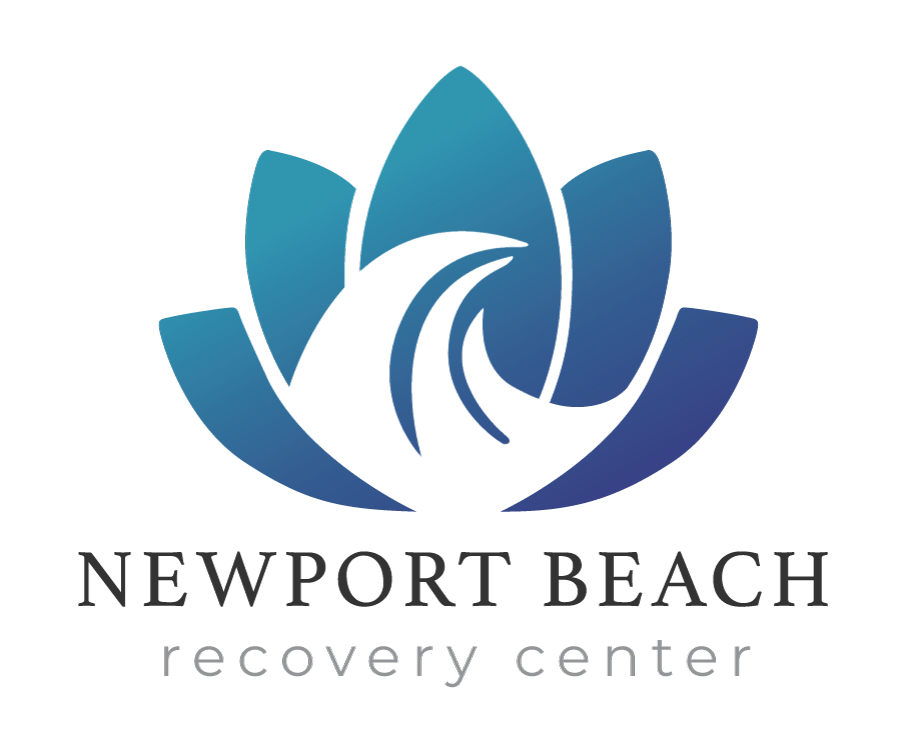Close relationships, including family and friends, can also be the first casualties of addiction and substance abuse. A significant other is the one most directly in the line of fire when an addict is under the influence. So, as part of the recovery process, it’s important to understand how addiction has affected loved ones and even destroyed relationships. Then, the next step is to implement support systems, and determine how to repair those broken relationships before it’s too late.
How Addiction Affects Couples
Addiction and substance abuse can destroy a marriage or relationship. It can also be psychologically damaging even if the couple stays together, since patterns of co-dependency and enablement, as well as physical and psychological abuse, can also be part of the equation.
Secrecy:
One of the devastating effects of addiction is the damage to open and honest communications in relationships. Deception and lies can go hand-and-hand with guilt and shame. A reality of substance abuse is that it can change a person’s behavior, even their personality.
Mistrust:
Even if you’ve been with the person for years, it’s still difficult to overcome the loss of trust. After all the painful episodes where trust might have broken or twisted in the past, it can be difficult for a couple to move forward. It takes a lot of strength and forgiveness to rise above as the history of repeated breaches in trust, even if each of them loves each other still.
Financial Difficulties:
Relationships can be even further destroyed and put in jeopardy when substance abuse and sometimes-erratic behavior leads to financial hardship. Beyond just the cost of booze and drugs, addiction leads those affected to make poor decisions, which in turn can lead to a devastating loss.
Partner Support
A relationship where one of the individuals is in recovery is not easy. Depending on the past history, the couple may be struggling with coming to grips with a partner who is trying to improve, perhaps even trying to change their habits, but it can also be easy to fall back into old patterns of addiction. A committed relationship is difficult, but it can also be one of the best ways to keep on that path toward recovery. A loved one/partner can offer support and encouragement, both in demonstrating love and forgiveness, but also in understanding the personal history that may have led to the addiction. A partner can also help by avoiding those people or places that were most associated with substance abuse.
Beyond just assisting in distraction and avoidance, a couple can support each other in a second-chance for their relationship, but also so their lives. Recovery from alcohol and substance abuse is a wake-up call to many, particularly when health, wellness, and even job and joint relationships hang in the balance. It often comes down to a choice of recovery or a permanent split, and even then, the relationship may be beyond repair.
Tap into Couples Therapy
Whether a couple moves forward with that “lifetime of love” together or not, couples’ therapy is an essential component of recovery. With what may have been years of secrecy, lies, growing mistrust, financial hardship, and loss, sobriety may sound too good to be true. Plus, there were probably other episodes when that road to recovery was attempted, with the only result being a heartbreaking relapse. That’s why couples’ therapy is so important. After a history of a painful and difficult relationship, it’s important that both partners understand that recovery is a joint effort.
How to Sustain Recovery
Substance abuse affects every part of a relationship, so a couple who is working through recovery together can be presented with both positive and negative results. But there are several very important things to keep in mind:
- Change doesn’t happen overnight.
- Relapse is possible, even when you love each other.
- Time really doesn’t heal all wounds, but forgiveness can help.
- Each partner is important to the survival of an addicted couple.
- The scars may fade, but it may be difficult to forget.
- Therapy really is essential to the survival of a couple dealing with addiction.
- Couple revitalization and survival also must involve communication and rebuilding a life back together.
- Sobriety is a choice an addicted person must make every day, but so too is the decision to support and stay in a relationship that has been dismantled by substance abuse.
- A very real part of the recovery of an addicted couple is also the process of building new habits.
- While not fast or easy, the journey toward recovery for an addicted couple can be rewarding.
Ultimately, the direction of your recovery may not end up where you’d anticipated, but we don’t have any really great way of predicting the future of a relationship. Even without drug abuse, alcohol, or substance use, a relationship can be hard. So, allow yourself time and space, and seek out the help you need as you journey toward recovery together. Contact us today to make the first step on the right path to recovery. Newport Beach Recovery Center is here to help.
